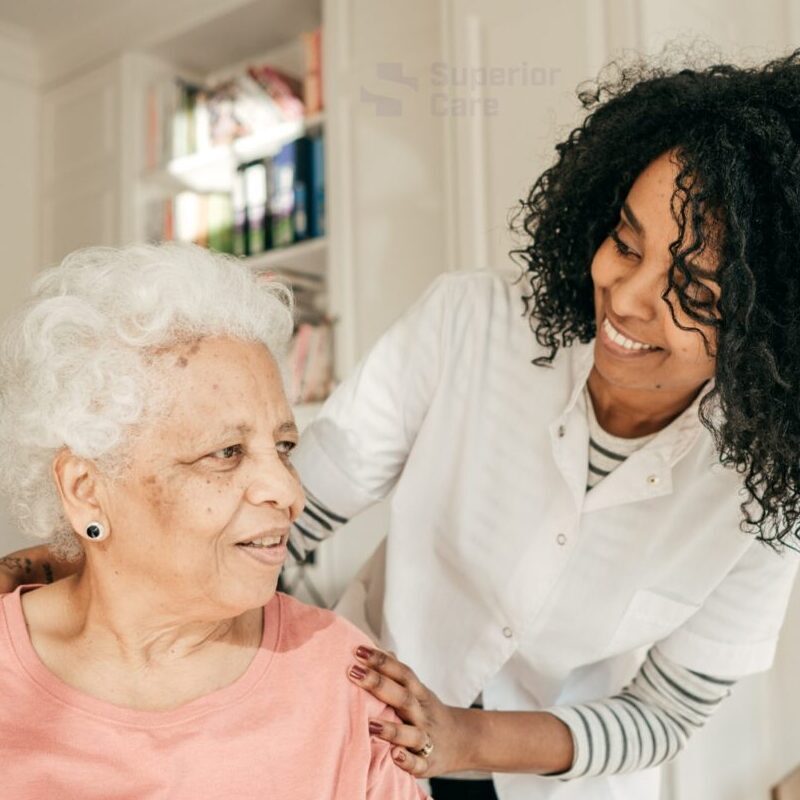Strokes are a leading cause of disability and death among seniors, with over 795,000 cases annually in the U.S. alone, according to the CDC. As we age, the risk of stroke increases due to factors like high blood pressure, diabetes, and heart disease. Recognizing the signs of a stroke early can be life-saving, especially for seniors, who may face unique challenges in recovery. Here are five key signs of a stroke and how they affect older adults.
1. Sudden Numbness or Weakness
A hallmark sign of a stroke is sudden numbness or weakness, often on one side of the body, affecting the face, arm, or leg. Seniors may notice they can’t lift an arm or smile symmetrically. This can be alarming and disorienting, particularly for those living alone, as it may impair their ability to call for help or move safely, increasing the risk of falls.
2. Confusion or Trouble Speaking
Sudden confusion, difficulty speaking, or understanding speech is another red flag. For seniors, this can manifest as slurred words or an inability to respond coherently. This symptom can exacerbate feelings of isolation, as communication is vital for social interaction and accessing care. It may also be mistaken for dementia, delaying critical intervention.
3. Vision Problems
Sudden trouble seeing in one or both eyes, such as blurred or double vision, can indicate a stroke. For seniors, who may already have vision impairments like cataracts, this symptom can heighten confusion and fear. Loss of visual clarity can make it harder to navigate their environment, increasing dependence on others and impacting their independence.
4. Difficulty Walking or Loss of Balance
A stroke can cause sudden dizziness, loss of balance, or coordination issues, making walking difficult. For seniors, who may already have mobility challenges, this can lead to falls, fractures, or a loss of confidence in moving around. This symptom often requires immediate physical therapy to regain stability, which can be a slow process for older adults.
5. Severe Headache
A sudden, severe headache with no known cause is a less common but serious stroke sign. For seniors, this can be mistaken for a migraine or tension headache, delaying treatment. The pain can be debilitating, further complicating their ability to seek help or articulate other symptoms.
Impact on Seniors
Strokes can profoundly affect seniors’ quality of life. Physical limitations may reduce independence, while cognitive and speech impairments can strain relationships and mental health. Recovery is often slower due to age-related health conditions, requiring extensive rehabilitation. Prompt recognition using the FAST method (Face drooping, Arm weakness, Speech difficulty, Time to call 911) is critical to minimize damage. Caregivers and loved ones play a vital role in monitoring seniors for these signs, ensuring swift action to protect their health and well-being.

